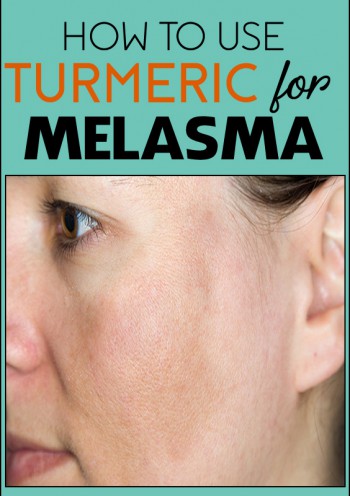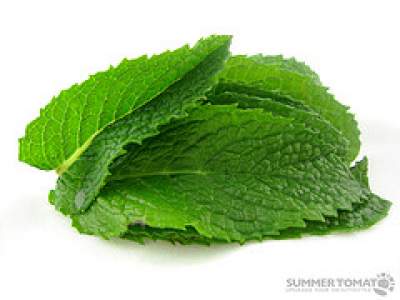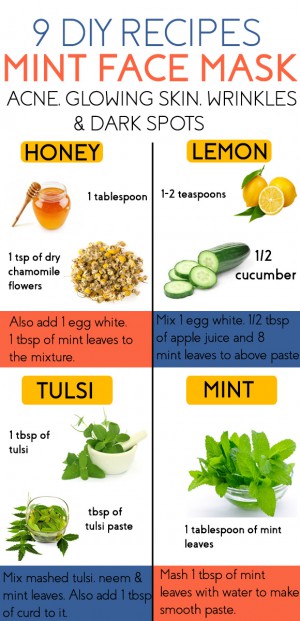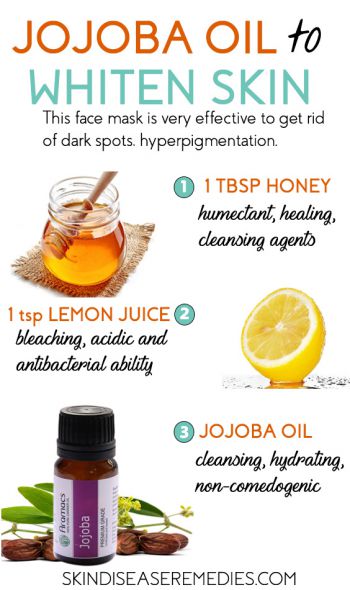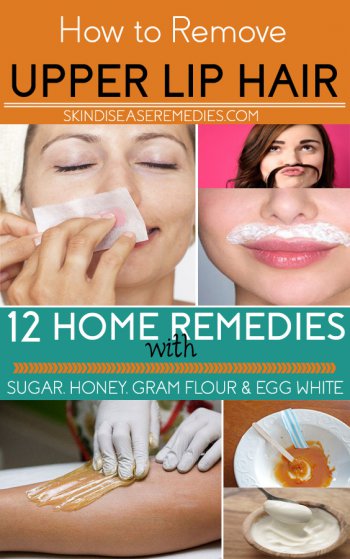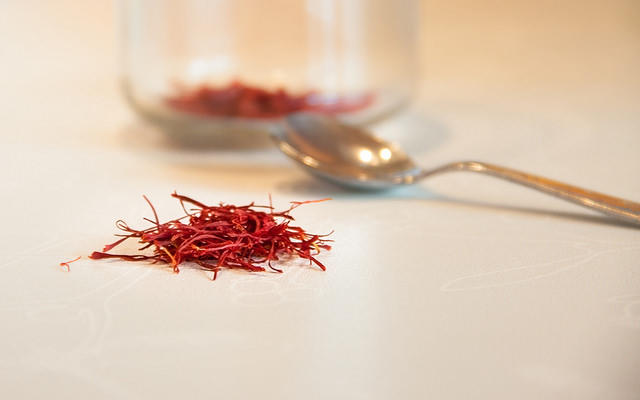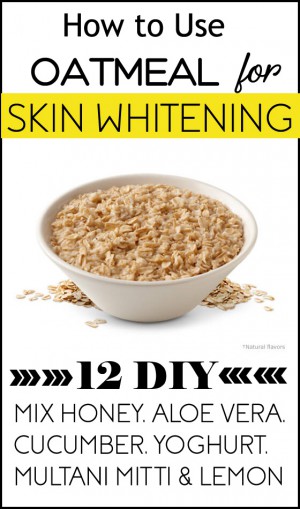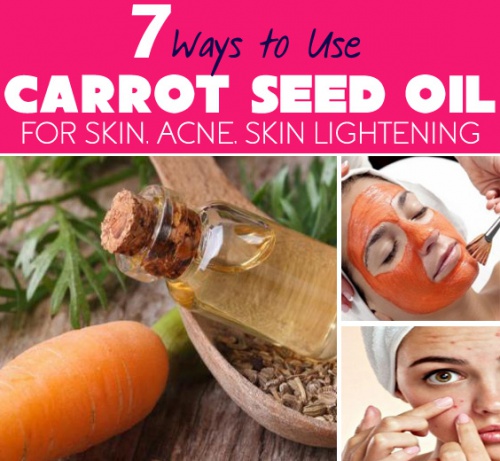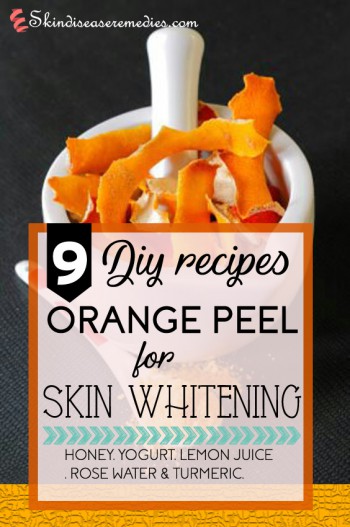
Oranges are rich in vitamin C, which helps to promote elastin. In this article, you’ll learn how to use orange peel for skin whitening.
You get your skin color from a pigment known as melanin. External factors like impurities, pollutants, and dead cells pile on your skin resulting in dark spots. Along with this, internal factors influence excess production of melanin leading to dark patches at several places
The process to remove or fade these annoying dark spots is known as skin whitening or skin bleaching, which involves fading of dark spots, scars, tanning, and hyperpigmentation.
Few notable causes of hyperpigmentation are excess exposure to UV rays, increasing pollution, hormonal imbalance, dry skin, heavy use of chemical filled cosmetic creams and improper eating habits.
You can find lots of cosmetic creams in the market, but if you really love your skin and want to pamper it. Then beauty experts recommend using natural remedies like orange for skin whitening. Indeed, many cosmetic industries to allure their customers use processed natural ingredients.
Also read: Oatmeal Face Mask for Skin Whitening
How Orange for Skin Whitening Works?
Unaware of its nutritional benefits, many of us throw orange peel. Surprisingly, cosmetic industries use it to manufacture beauty creams that we buy. How pathetic it is, why to throw when you can use it instead of buying a chemical ingredient cream.
- Orange peel is packed with natural bleaching agents that can aid in fading dark spots and remove dry scaly patches from the skin.
- Assorted vitamins in this face mask help to guard your skin from harmful UV rays.
- Antioxidant activity exhibited by orange peel face pack can reduce oxidative stress and thwart free radicals that damage cell membrane.
- Orange is packed with vitamin C, which can enhance cell regeneration and improve skin’s elasticity. The same nutrient can be found in its peel.
- High amount of citric acid in orange peel face pack helps to dry acne blemishes.
- Along with yogurt, orange peel powder can be used as sunscreen cream. It acts as a barrier from harmful UV rays and controls the excess generation of melanin.
- Vitamin C residing in orange peel helps to reduce wrinkles and make the skin firm.
- Orange peel powder can be used as body or face scrub. Mix it with other innate ingredients and this mask can help to shed dead cells and impurities.
- Exfoliating ability of orange peel face mask help to remove blackheads and unclog blocked skin pores.
- Vitamin C & antioxidants packed in this home available ingredient is suitable for dry and oily skin.
- Orange peel can be used to refresh and rejuvenate your dull looking skin.
- Above listed nutrients help to improve your skin complexion and make it radiant.
Internal consumption of this citrus fruit helps to wipe toxins in the body, which in turn help to prevent chronic skin ailments like acne.
Note: People with sensitive skin must use moisturizing cream or remedy after this using orange peel mask.
Related: Face Mask Recipes of Olive oil for Skin Lightening
How to Use Orange Peel for Skin Whitening?
Can’t wait to reap all listed benefits? Below mentioned are different orange peel face pack recipes. Choose the one that suits your skin.
Before scrolling to recipes, it’s best to prepare your own orange peel powder. At the bottom of this post, I discussed the steps.
#1 Orange Peel Face Mask for Skin Lightening
Lactic acid packed in yogurt help to get rid of dry itchy patches and nourish your skin. Vitamins like B12 helps to improve your skin complexion and B2 stimulate cell regeneration.
The astringent ability of the yogurt helps to make your skin firm.
- Mix orange peel powder with pure yogurt thoroughly.
- Apply the orange peel face mask over pre-washed face and leave it for 15 minutes.
- Rinse it off with water.
- Nutrients blended in the mask will reduce dark spots and sheds dead cells.
For oily skin replace, yogurt with egg white and lemon juice. Both egg white and lemon juice are packed with assorted nutrients, with which you can achieve fairer and radiant skin.
#2 Sugar, Olive Oil, and Orange Peel
Sugar exhibits the exfoliating property that helps to shed dead cells and remove impurities.
Vitamins and minerals help to improve your skin complexion. Vitamin E and K packed in olive oil exhibit the antioxidant property that thwarts free radicals. It also protects your skin from harmful UV rays.
- Mix 3 cups of sugar, 1/3 cup of olive oil with 1 teaspoon of orange peel powder.
- After mixing thoroughly, apply this mask on pre-washed
- Leave it to dry naturally and rinse it off after 15-20 minutes.
#3 Rosewater and Orange Peel Face Pack
Rosewater is packed with cleansing and anti-inflammatory properties. Known for its hydrating ability, rose water can help reduce hyperpigmentation.
- Mix grated orange peels with the required amount of rose water.
- Wash your face and pat dry with soft cloth.
- Apply the mask and leave it to dry naturally for 15-20 minutes.
- Rinse it off with water.
#4 Turmeric, Honey, and Orange Peel Face Pack
Curcumin is the active component in turmeric powder that helps to improve your skin complexion. It also exhibits antioxidant activity that helps to reduce oxidative stress.
Honey is housed with moisturizing and cleansing properties. Known for its humectant ability raw honey can lock moisture on your dry skin.
- Take 1 tablespoon of orange peel powder, 1 tbsp of honey with a pinch of turmeric powder.
- Mix all ingredients thoroughly and apply it over pre-washed
- Leave the mask on your skin for 15 minutes and then rinse it off with water.
#5 Sandalwood, Walnut, and Orange Peel
Sandalwood powder is packed with an anti-tanning ability that helps to protect your skin from minor burns. Natural ingredients in this mask help to reduce hyperpigmentation.
This face mask helps to remove excess oil from your skin.
Walnut is also packed with antioxidant, anti-fungal and wrinkle preventing ability.
- Mix 1 tbsp of sandalwood powder with 1 tbsp of walnut and 1 tbsp of grated orange peel powder.
- Also, add 2 tbsp of rose water to obtain smooth paste like consistency.
- Optionally, add 2-3 drops of lemon juice to the face mask.
- Apply this mask evenly on pre-washed face and rinse it off with water after 15-20 minutes.
#6 Orange Peel, Multani Mitti, and Rosewater Face Pack
Multani mitti or fuller’s earth is known to cleanse excess oil and remove dead cells. Antibacterial and anti-inflammatory properties of this ingredient can treat skin ailments.
- Blend 1 tablespoon of multani mitti with 1 tablespoon of orange peel powder.
- Add required amount of rose water to make a smooth
- Apply the obtained face mask evenly over the skin and leave it to dry naturally for 15-20 minutes.
#7 Lime and Orange Peel for Skin Whitening
Lime is also packed with bleaching and antibacterial abilities. It can effectively exfoliate your skin and reduce dark spots.
- Add few drops of lime to 1 tablespoon of orange peel powder.
- Also, add 1 tbsp of multani mitti and ½ tbsp of sandalwood powder.
- Mix thoroughly and apply the paste evenly on the face.
- Rinse it off with water after 15-20 minutes.
#8 Baking Soda, Honey, and Orange Juice
Baking soda is renowned for its bleaching ability. It can help to lighten the appearance of dark spots, scars and remove impurities.
Note: Excess use of baking soda can irritate your skin.
- Mix 2 tablespoons of orange juice with 1 teaspoon of honey and 1 tablespoon of baking soda.
- Gently rub this face mask on your face for few minutes.
- Leave it to dry for 10 minutes and then rinse it off with water.
#9 Saffron, Turmeric, and Orange for Skin Whitening
All these ingredients have the ability to exhibit bleaching and exfoliating properties. Vitamins and minerals that your skin needs are housed in this face mask.
- Grind 4 slices of orange to obtain its pulp.
- Add a pinch of saffron and turmeric powder.
- Mix thoroughly and apply this paste on pre-washed
- Leave it to dry naturally for 15 minutes and then rinse it off with water.
To treat acne blemishes, initially, wash pimples with lukewarm water. Then apply orange peel powder paste mixed with water. Leave it for 15 minutes and then rinse it off.
How to Make Your Own Orange Peel Powder at Home?
You need oranges, blender and 5 days to make orange peel powder.
- Save orange peels by removing white fibrous parts inside the peel.
- Wash them in warm water.
- Place these washed orange peels in a tray and place them in sunlight for 2 days.
- Cover the orange peels with a thin cloth to avoid impurities and insects.
- After 2-3 days, grind these dried peels to make orange peel powder.
- Store it in an airtight container for future use.
Important Tips
- Internal consumption and external application both ways can be effective for your skin.
- As mentioned above, antioxidants in the orange juice help to remove toxins and thus avoid skin ailments.
- However, topical application is more effective, if you’re looking for its cosmetic benefits.
- Ingredients that irritate your skin must be avoided.
- Regularly use any one recipe from above-mentioned
- Drink plenty of water and ingest vitamin rich diet.
- Chemically incorporated creams must be avoided.
- Studies also state that even stress triggers ailments, so avoid stress and stay beautiful.
Did you ever use orange peel face pack for skin whitening? Share your reviews in comments.

